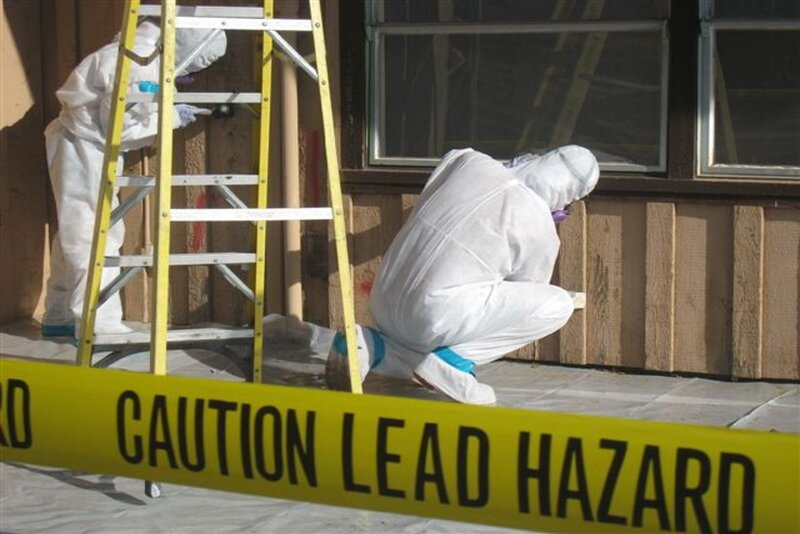
Steps to Follow in the Lead Abatement Process
Lead abatement is a critical process aimed at removing or reducing lead hazards in buildings, particularly in older homes, schools, and workplaces. Exposure to lead, especially in children, can cause severe health issues, including developmental delays, neurological damage, and cardiovascular problems. Environmental remedies lead abatement follows a structured approach to ensure complete removal while minimizing risks.
Initial Assessment and Testing
The first step in lead abatement is conducting a thorough assessment to determine the extent of lead contamination. Certified inspectors use specialized equipment, such as X-ray fluorescence (XRF) analyzers, to detect lead levels in paint, dust, and soil. Laboratory analysis of collected samples helps confirm the presence and concentration of lead. This step is essential for developing a tailored abatement plan.
Containment
Once lead contamination is confirmed, containment measures are put in place to prevent the spread of hazardous materials. Plastic sheeting, sealed doors, and negative air pressure systems help isolate the affected area. Workers wear protective clothing and use specialized equipment to avoid personal exposure. Proper signage and restricted access prevent accidental exposure to residents and workers outside the containment zone.
Air Filtration
During the abatement process, airborne lead particles pose a significant risk. High-efficiency particulate air (HEPA) filtration systems are used to capture lead dust and maintain air quality. Air monitoring devices continuously measure lead levels to ensure that containment measures are effective. This step is crucial for reducing inhalation risks and preventing contamination in surrounding areas.
Removal
The removal phase involves eliminating lead sources from the environment. Methods include wet scraping, chemical stripping, and component replacement. Wet scraping reduces dust by using water to soften lead-based paint before removal. Chemical stripping dissolves lead-containing layers, while component replacement involves removing contaminated surfaces like doors, windows, and trims. The choice of method depends on the severity of contamination and the structural integrity of the affected materials.

Decontamination
After removal, all surfaces and equipment must be thoroughly cleaned to eliminate residual lead particles. HEPA vacuuming, wet wiping, and detergent-based cleaning solutions help remove dust and debris. Workers decontaminate themselves and their tools before leaving the site to prevent the spread of contamination. Proper disposal of lead-containing waste is regulated to ensure environmental safety.
Post-Abatement Clearance Testing
Following decontamination, clearance testing is conducted to confirm that lead levels have been successfully reduced to safe limits. Certified professionals collect air, dust, and soil samples, which are analyzed in laboratories. Clearance is granted only when lead concentrations meet established safety standards. If contamination persists, additional cleaning and testing may be required.
Containment Removal
Once clearance is achieved, containment structures are carefully dismantled. Protective barriers, plastic sheeting, and air filtration systems are removed in a controlled manner to prevent recontamination. The area is then restored for safe occupancy. Final documentation and reports detail the abatement procedures followed, ensuring compliance with regulatory requirements.
Conclusion
Environmental remedies lead abatement is a complex yet essential process for mitigating lead exposure risks. Each step, from assessment to final clearance, is critical in ensuring the safety of occupants and workers. Strict adherence to regulations and best practices helps create lead-free environments, reducing the long-term health risks associated with lead poisoning.

